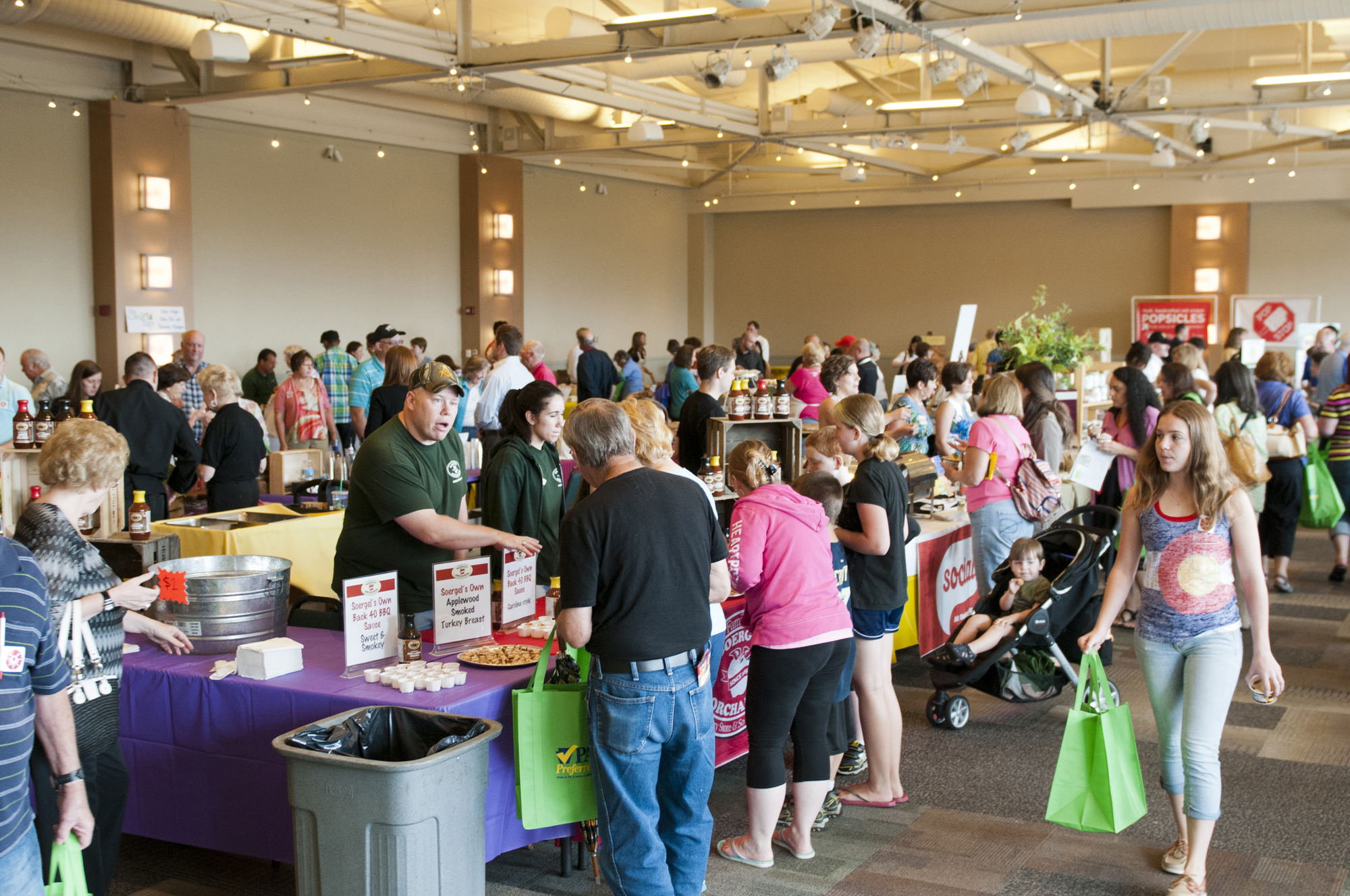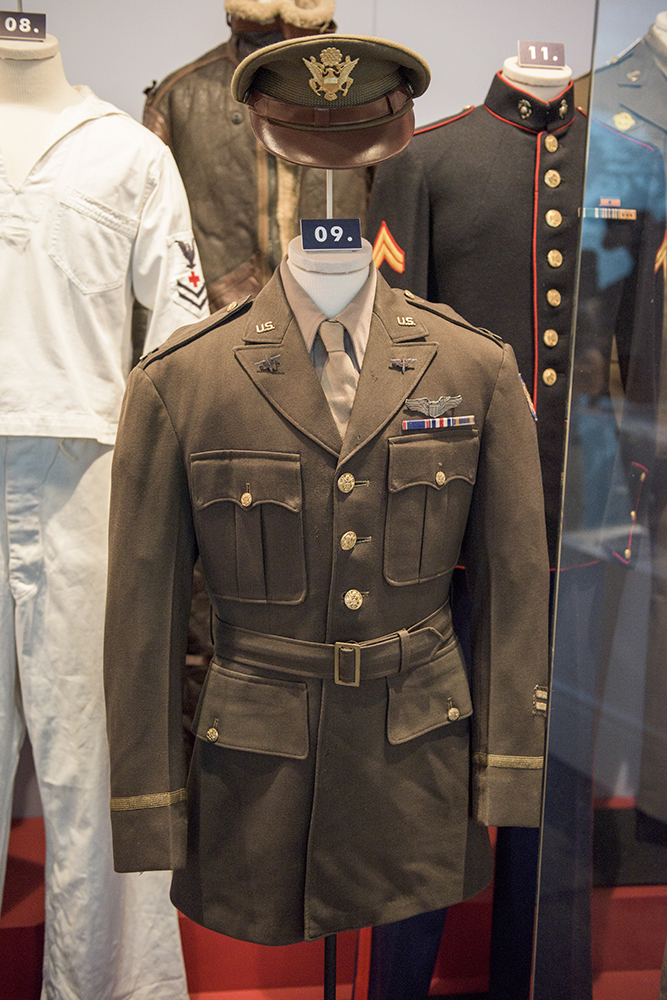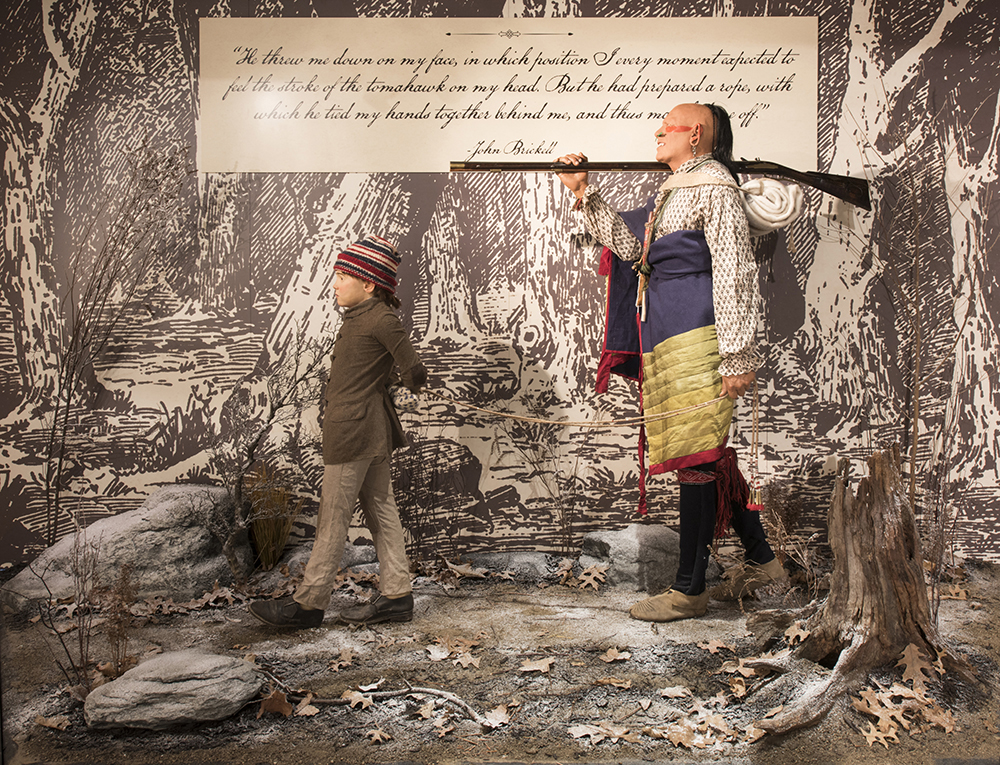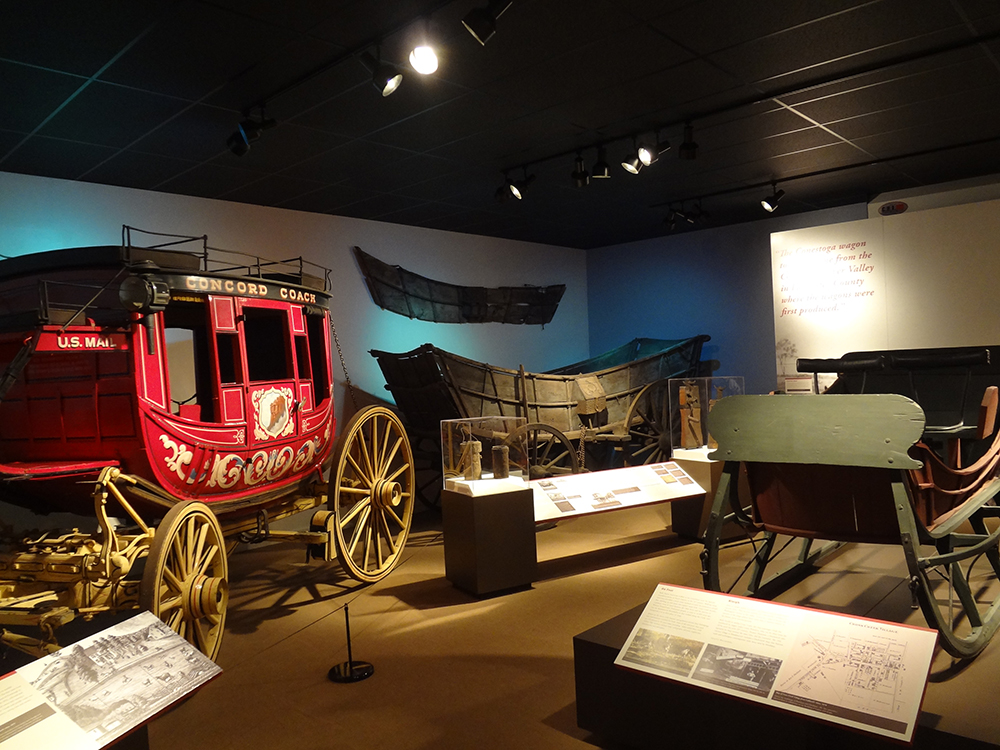Are you considering making a year-end donation to the Senator John Heinz History Center or have you supported us throughout the year? Thank you!
Donors like YOU make it possible for the History Center to create quality exhibitions, offer innovative programs and events, and preserve the history of Western Pennsylvania.
As another exciting year comes to a close, we wanted to share a few examples of the projects and programs you supported in 2015:
More than 2,000 students from underserved schools visited the History Center for a field trip free of charge. The students participated in guided tours and educational programs that explored the History Center’s dynamic exhibits and engaged them in hands-on learning. Recent studies have shown that students who attend museum field trips experience an increase in critical thinking skills, “historical empathy” (the ability to understand what life was like for people in a different time or place), and tolerance. This increase is more significant for students from rural and low-income regions. Further, according to the American Alliance of Museums, children who visited a museum during kindergarten had higher achievement scores in reading, mathematics, and science in third grade than children who did not. Learn more about educational opportunities at the History Center.
The History Center hosted the ever-popular Hometown-Homegrown event this past June. An amazing 1,808 visitors attended, setting a new attendance record. Hometown Homegrown is a fun and flavorful food expo that celebrates Pittsburgh’s passion for food. The History Center encouraged visitors to sample a delicious assortment of local foods from their favorite Pittsburgh vendors, attend cooking demonstrations, and learn more about how food was prepared and consumed throughout history – from the French & Indian War through the post-WWII era – on a special tour of our exhibitions.
The History Center purchased several new items for the collection, including a U.S. Army Air Corps uniform and hat worn by Jimmy Stewart during World War II. Stewart, an Academy Award-winning actor and Indiana, Pa. native, was best known for his role in the holiday classic, “It’s a Wonderful Life.” He served in the U.S. Army Air Corps as a B-24 pilot from 1941 to 1945 and flew 20 combat missions, earning the rank of colonel. The jacket is currently on display in the We Can Do It! WWII exhibition.
Three life-like figures were created and installed for the new Captured by Indians: Warfare & Assimilation on the 18th Century Frontier exhibition at the Fort Pitt Museum. The exhibition examines the practice of captivity in the 18th and early 19th centuries. It tells the stories of Massy Harbison, who heroically saved the life of her child after escaping from her captors, John Bickell, a local boy captured just a few miles from Fort Pitt at age 10, and the Kincade family, who were reunited on the Bouquet Expedition in 1764.
The new Trails to Trains exhibition opened in the Miller Museum gallery at Meadowcroft Rockshelter and Historic Village. The exhibit transports visitors through time to explore the evolution of transportation in Southwestern Pennsylvania from our prehistoric predecessors using foot power to navigate the rugged terrain to the Conestoga wagon and the early days of the National Road to the development of railroads that cut through many rural farmsteads.
There is always something happening at the History Center and it would not happen without you – our donors, members, and friends! Thank you!
If you’re interested in supporting the History Center in 2016, you can make a tax-deductible donation online: Donate Now.
Elizabeth McMullen is a development associate at the Heinz History Center.





